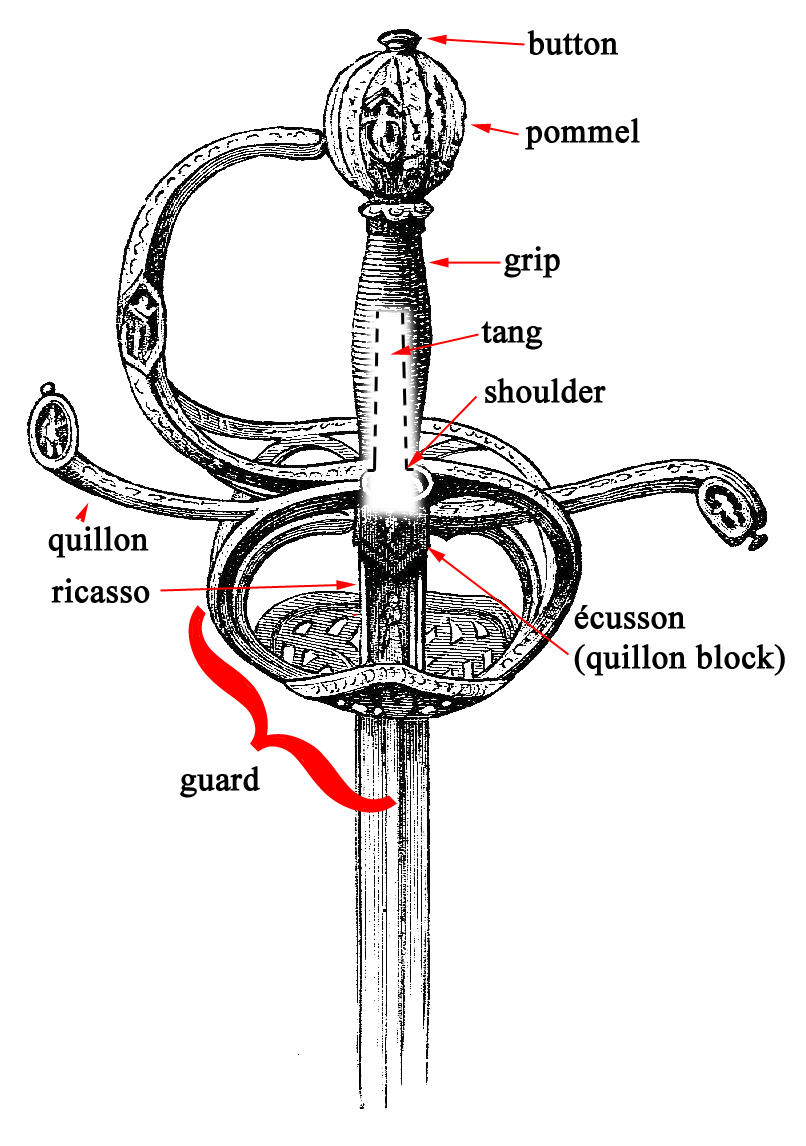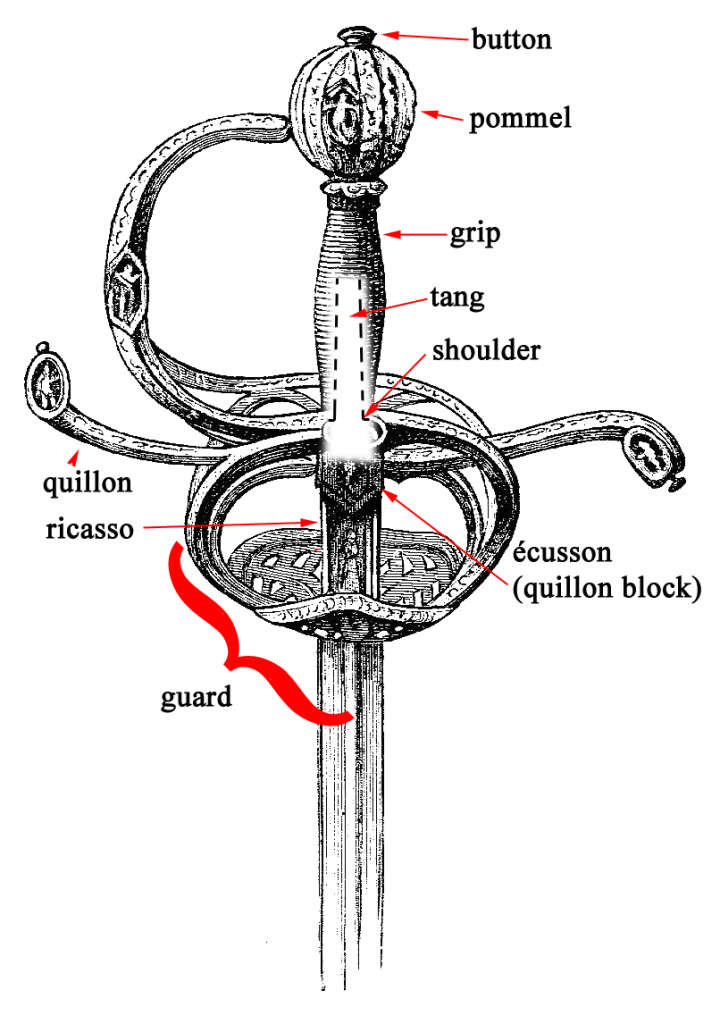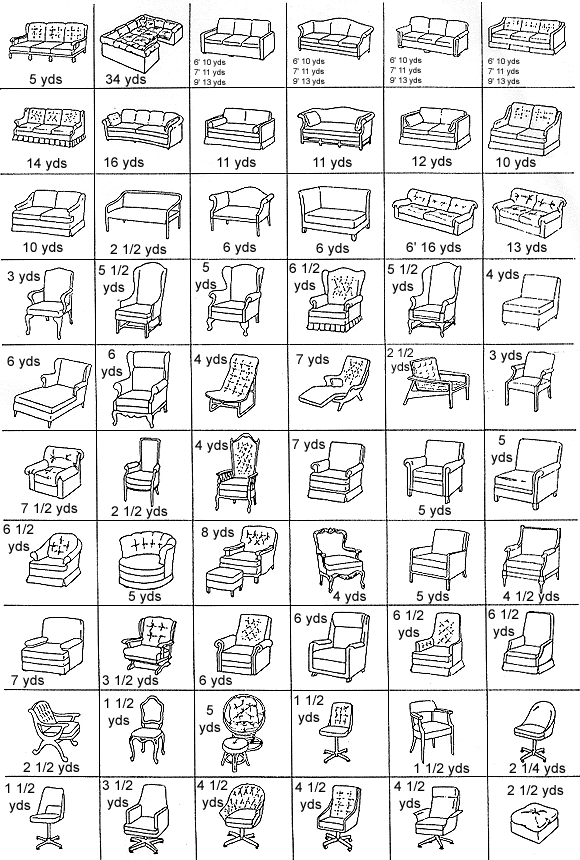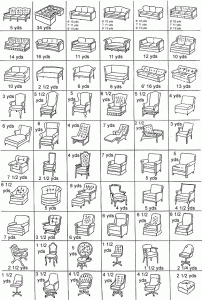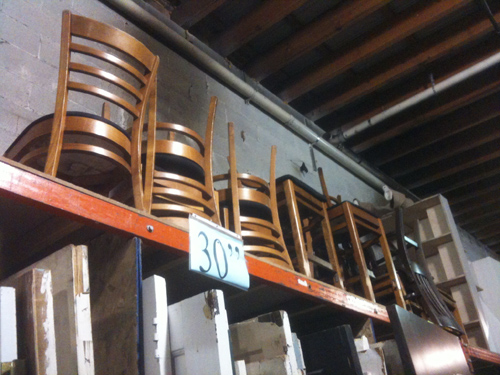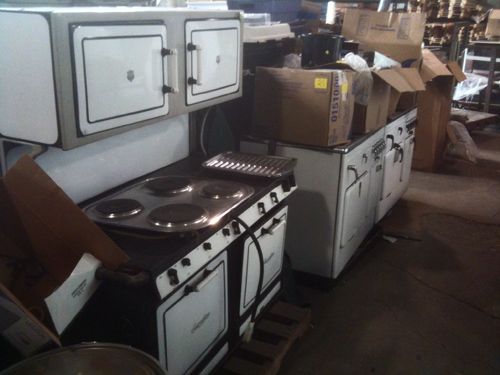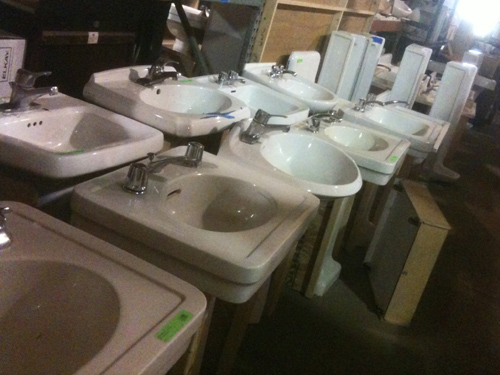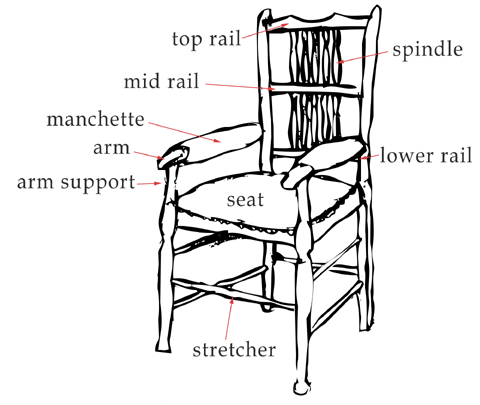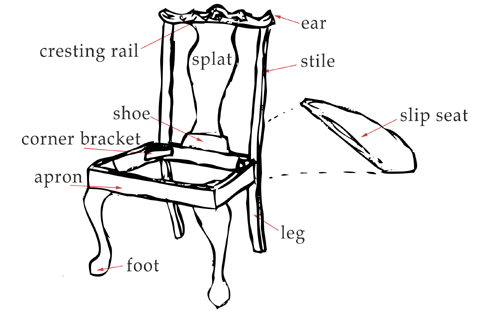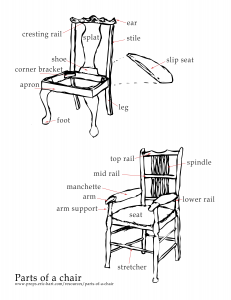I hate the word “green”. I believe the “green” movement has largely been co-opted by marketers and advertisers in an attempt to sell the same stuff in a new feel-good form. “Green” bottled water and “greener” disposable packaging still has a negative effect on the environment and community.
That being said, I whole-heartily subscribe to what “green” should mean. We can’t pretend that things disappear when you put them in the garbage, and you have to understand that everything comes from somewhere else; how it is made (or mined, or harvested, etc.) has a real impact on people’s lives.
Every bit of lumber we use means less trees somewhere else. In some cases, they come from a place where trees are replanted to replace the ones taken, and a whole group of people are able to make a living for their families. In other cases, entire ecosystems are destroyed as forests are removed, and the native people who live there are pushed aside and left with nothing to sustain them. This is true of all materials. Being green is not some feel-good philosophy to make animals smile. Choosing greener products is a declaration that the materials you buy for making props are less important than razing a village and giving cancer to children.
As props people, we are already predisposed to being green. We collect and reuse things from the past that were destined for the dumpster. We keep our budgets down by trolling thrift stores, eBay, and Craigslist. We let others borrow, rent and buy the items we’ve accumulated. We are largely pack-rats; the only reason we get rid of things is because we physically run out of room to store it in our already overstuffed storage areas.
Being green is also safer. If a product releases toxic chemicals when being used, chances are it also damages the environment in its creation. A shop which chooses less-toxic alternatives in its materials and supplies, which provides proper safety equipment and ventilation, and which is aware of the affects of what it uses (by studying and maintaining its MSDS collection) is already greener than a shop which doesn’t.
For more practical tips and additional information about green theater, you can explore the following links. None of them have to do with props specifically, but combining the information on scenery, costumes, and offices will give you a good start.
- Mo’olelo Performing Arts Company has a fairly comprehensive ecological ranking of the various materials we use in theatre. It grades them on a scale of 0-4, with 4 being the safest and most sustainable and 0 being the most toxic and wasteful.
- Check out the 50 things you can do towards being a green theater. Some suggestions are great – make fabric mock-ups with thrift store sheets rather than new muslin. Others are somewhat counter-intuitive – print brochures to let the public know what you’re doing.
- The Broadway Green Alliance also has a list of better practices for the theatre professional.
- I briefly mentioned the ecoTheater blog last year in a post about careers in technical theater. Though updates there have slowed down a bit, it’s still a great jumping off point for a cornucopia of other sites and information about sustainable theater practices.

